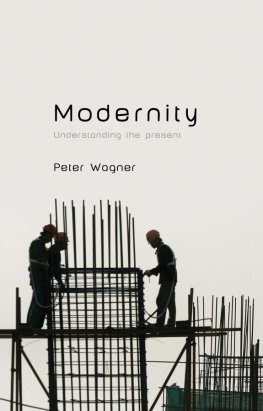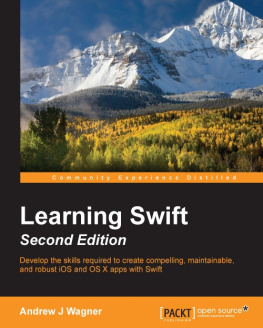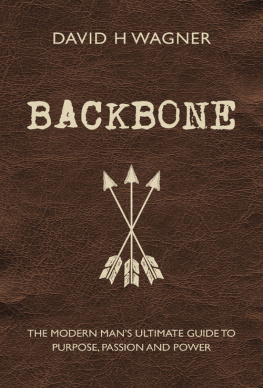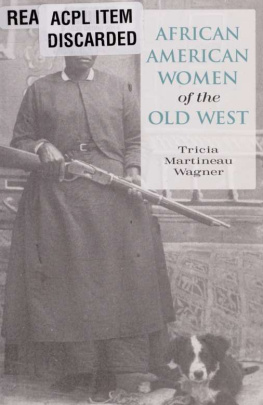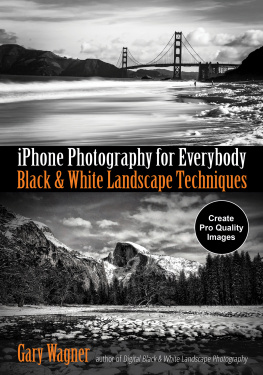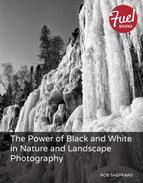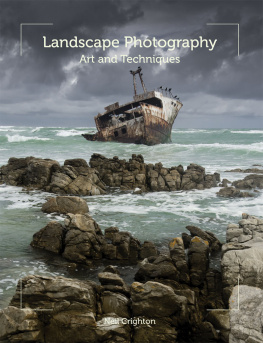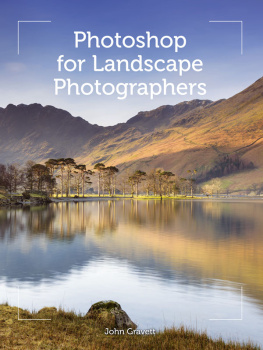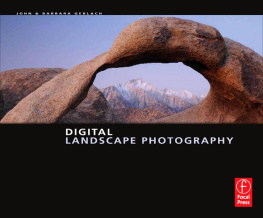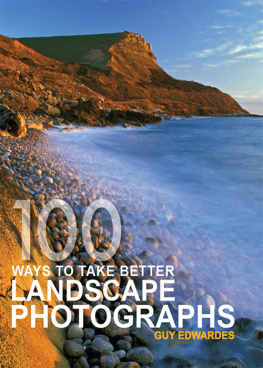
Acknowledgments
The author acknowledges, with gratitude, his wife Susan for her encouragement, discerning comments, and assistance with this book. He also acknowledges Craig Alesse of Amherst Media for the production of this book.
Copyright 2015 by Gary Wagner
All rights reserved.
All photographs by the author unless otherwise noted.
Published by:
Amherst Media, Inc.
P.O. Box 586
Buffalo, N.Y. 14226
Fax: 716-874-4508
www.AmherstMedia.com
Publisher: Craig Alesse
Senior Editor/Production Manager: Michelle Perkins
Editors: Barbara A. Lynch-Johnt, Harvey Goldstein, Beth Alesse
Associate Publisher: Kate Neaverth
Editorial Assistance from: Carey A. Miller, Sally Jarzab, John S. Loder
Business Manager: Adam Richards
Warehouse and Fulfillment Manager: Roger Singo
ISBN-13: 978-1-60895-922-8
Library of Congress Control Number: 2015901206
10 9 8 7 6 5 4 3 2 1
No part of this publication may be reproduced, stored, or transmitted in any form or by any means, electronic, mechanical, photocopied, recorded or otherwise, without prior written consent from the publisher.
Notice of Disclaimer: The information contained in this book is based on the authors experience and opinions. The author and publisher will not be held liable for the use or misuse of the information in this book.
Check out Amherst Medias blogs at: http://portrait-photographer.blogspot.com/
http://weddingphotographer-amherstmedia.blogspot.com/
Contents


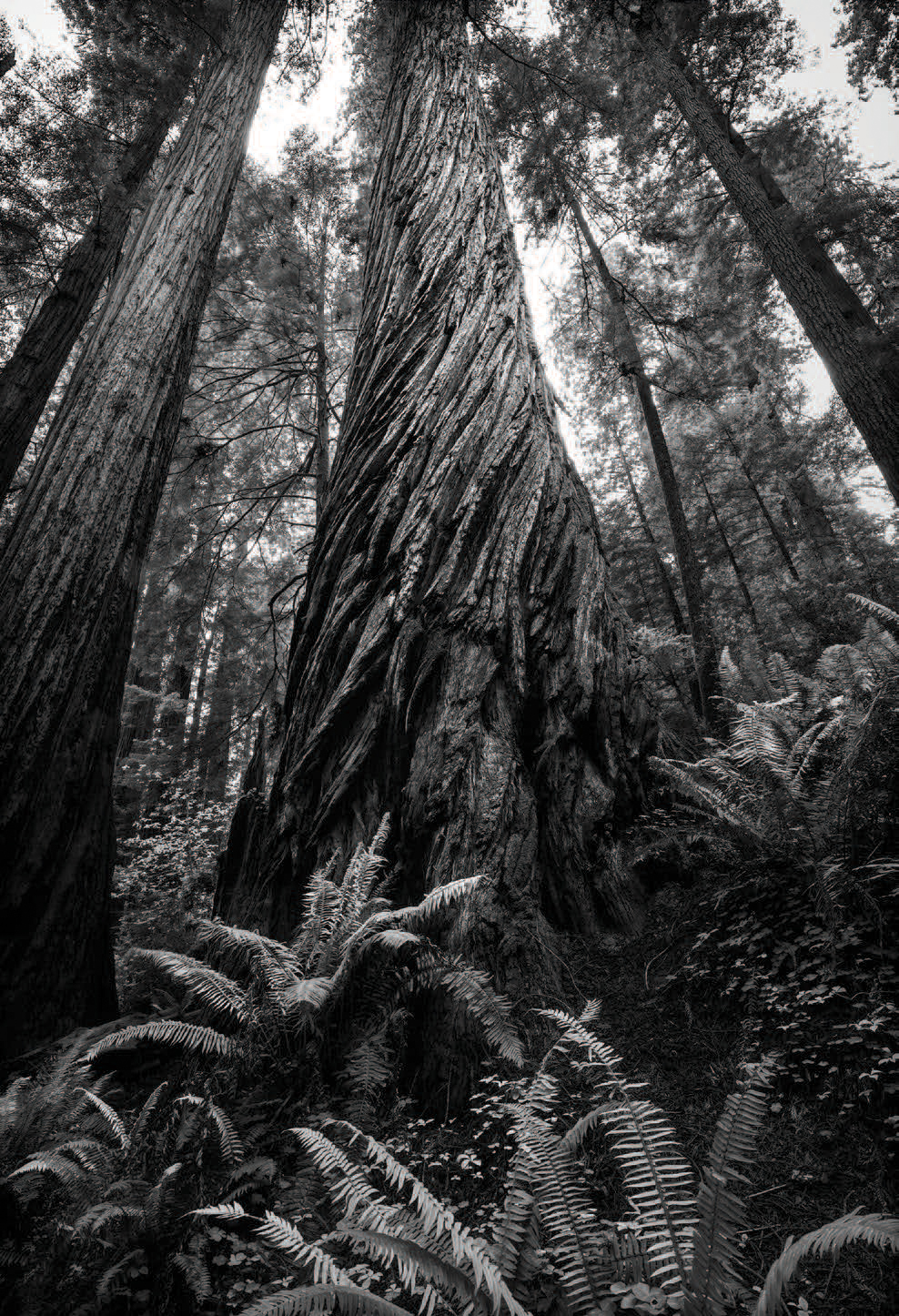


Gary Wagners love of photography began when he became the photographer for his high school newspaper in Kokomo, IN. He continued his education at Indiana University in Bloomington, eventually moving to Santa Barbara, CA, to attend Brooks Institute of Photography. While at Brooks, Gary increased his artistic and theoretical knowledge of photography and the historical significance of the printed image. Earning a masters degree in photography from Brooks Institute, with the publication of his work on historical carbon printing, gave Gary a continued appreciation and passion for his artistic craft. Garys professional career now spans more than three decades and includes fine-art, portrait, and commercial photography. His knowledge, expertise, and enthusiasm for the photographic image enabled him to successfully teach theory and technique at the college level and Eurpoean seminars on the English country landscape. Fluent with all film formats, from 35mm to 810, Gary has embraced the digital image and the ever-changing environment of photography in the current technological age. Exploring photography using digital imagery offers a myriad of possibilities. Refining technique with the interplay of artistic expression fascinates and challenges Gary to continue his exploration of the photographic image and his study of the lands natural elements and beauty. For the past twenty-five years, Gary has made his home in the beautiful Sierra foothills of Northern California.
I have been taking black & white photos of the landscape since I was a teenager living in central Indiana. At that time, I was working at a local camera store, taking photos for my high school newspaper, and trying to learn as much about photography as was able. In my spare time, I would drive the back roads of Indiana, taking photos of the Midwestern landscape with my Mamiya Sekor 500DTL 35mm camera, using Kodak Tri-X film. Later, at home, I would process the film and make prints in the bathroom. For the next several decades, my technique improved and my cameras became bigger and betterbut I continued to use Tri-X and process the photos in a home darkroom.
Then, the biggest change to photography since the invention of color film was introduced: the digital camera. Being interested in all things related to photography, I followed the developments of the digital camera through the early years but did not believe it would amount to much. Who would have guessed, at that point, that the digital camera would take over the photography world and change the picture-making process completely?
Change did happen, though. I joined the new photographic wave and my process changed with it. While the big picture is similar to how photography was made in the old day of film (I still use a camera, I still process photos, and I still make prints), the change is in the details. Today, I use a camera that takes images on a computer card instead of film. Today, I process the images on my computer instead of in the darkroom. Today, I print with ink in the light instead of with chemicals in the dark.
I like the new process better and find the finished prints to be of equal or better quality than the photos that I made in the darkroom. The world of photography has changed and in my opinion it has changed for the better.
My work is primarily photos of the natural landscape and wilderness areas. I have also enjoyed taking photos of the urban or man-altered landscapes. Photography is my passion; whether outdoors on the trail in search of a spectacular scene of nature or walking on a city street, my goal is to capture that scenery for others to view and enjoy. My photography mentors include Ansel Adams, John Sexton, Paul Caponigro, and Michael Kenna. All of these photographers have captured images of nature and the landscape with unique style and beauty. The landscape that I seek includes all that is on the land and seas, whether natural or man-made, in our own backyards, in a national park, or the landscape of a far-off country. The opportunities are endless in terms of what exists to be photographed and what can be shared with others.
This book is about black & white landscape photography images and how they are made. Included in the book are sixty primary images, featuring a variety of subjects and locations. Details are included on my actual photography process and the tools that are used to capture images in the field. For each primary image, Ive also included supporting images demonstrating the black & white conversion process and the enhancements that were made.

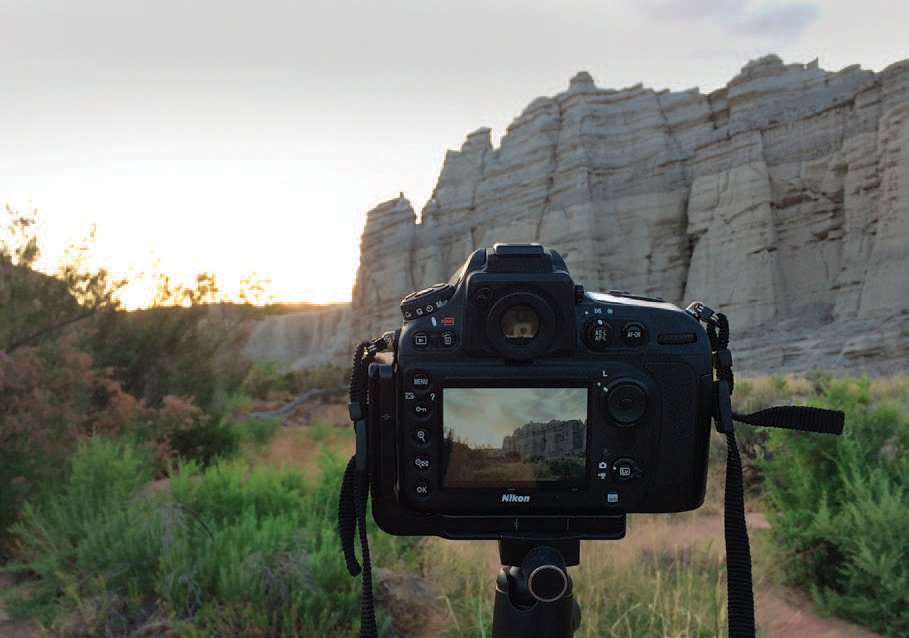
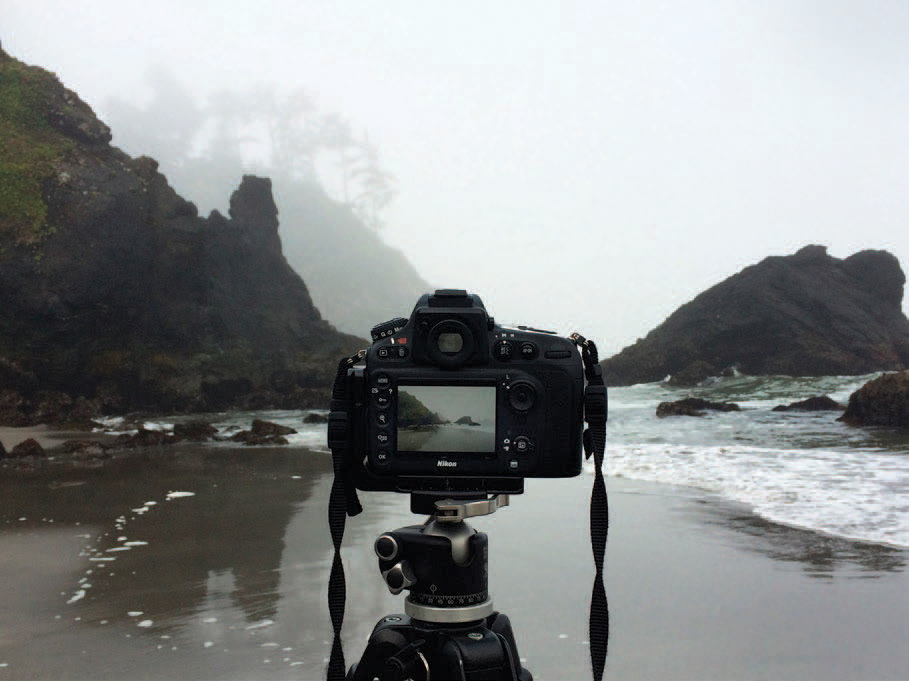
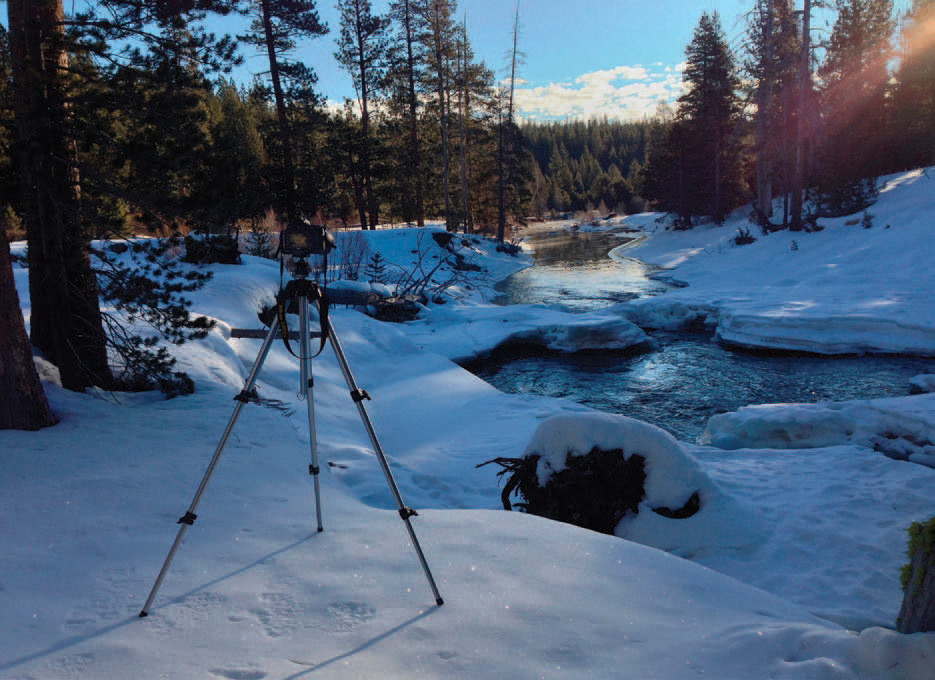
The book has been divided into sections by subject material. The sections on nature have been placed in the first four chapters of the book. A section of man-altered landscapes appears last, but the features are interesting and provide exciting photographic environments.
Next page

